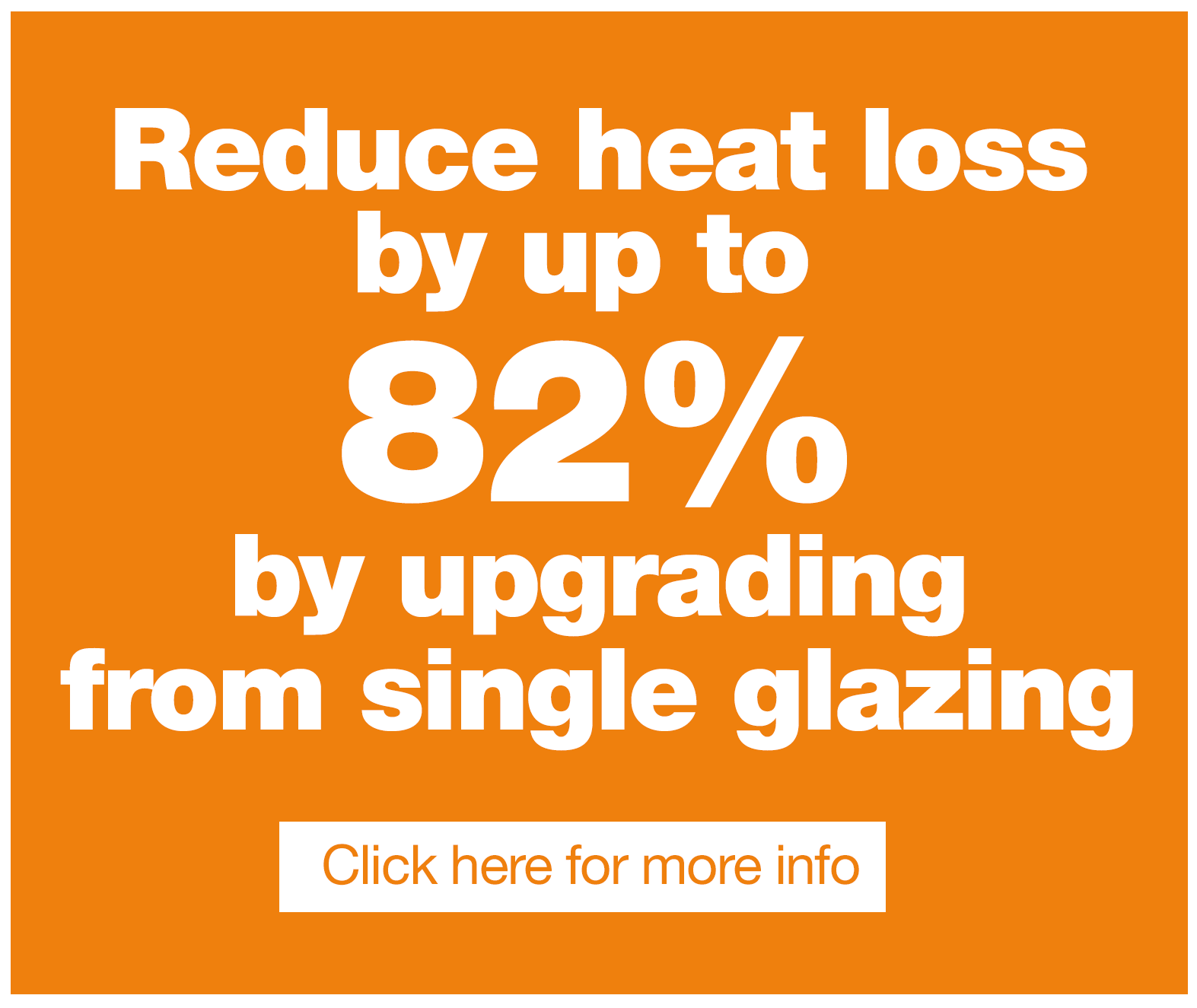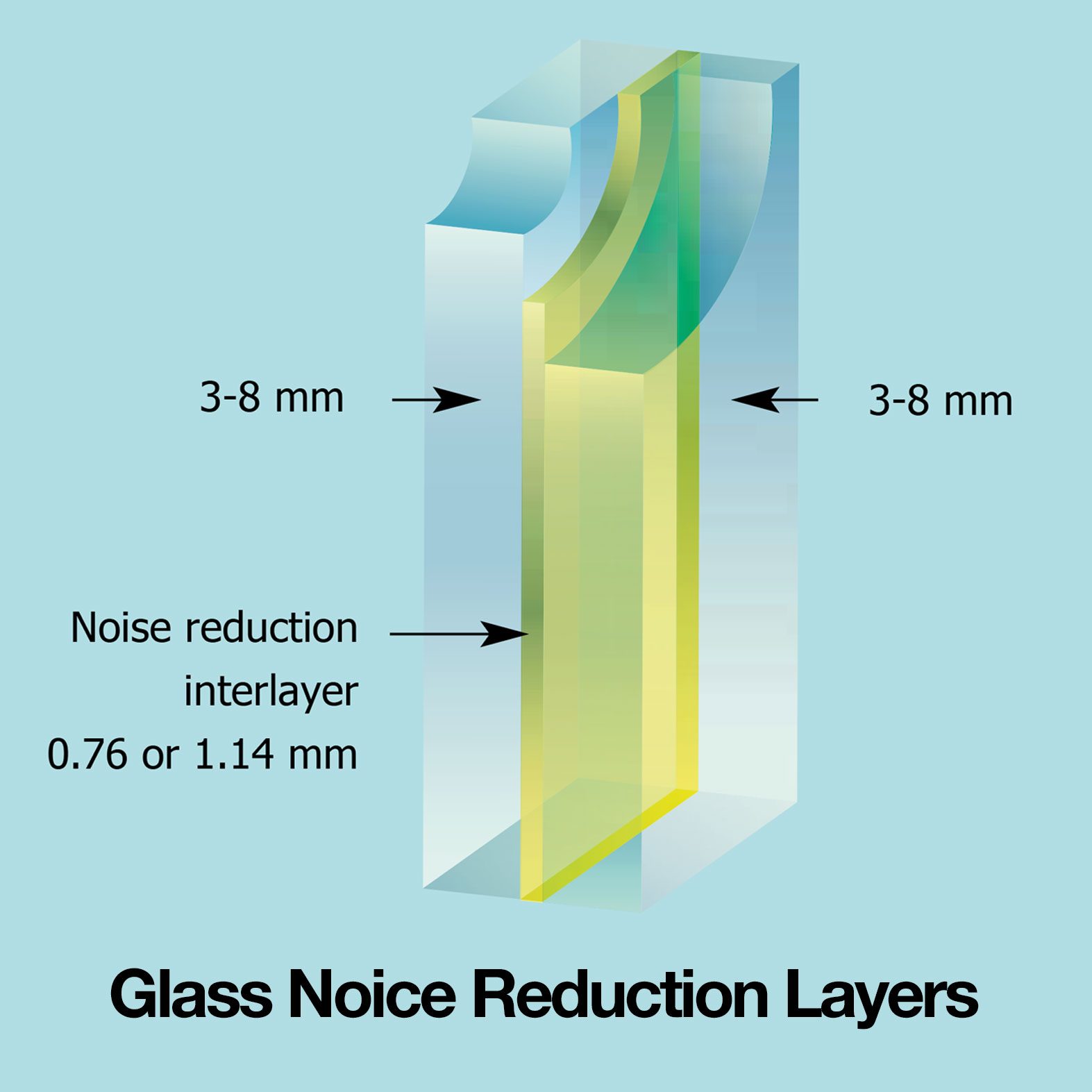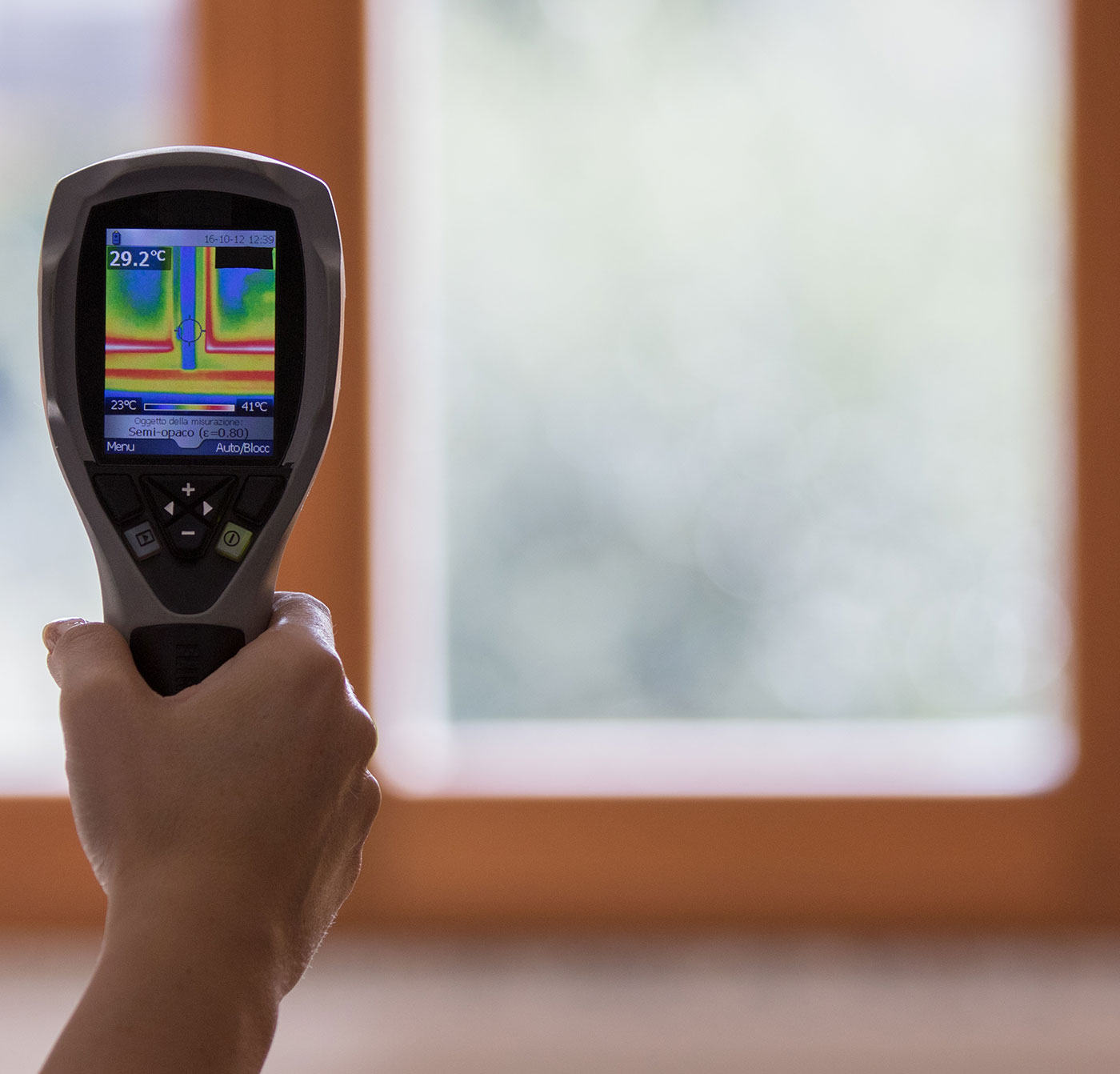




Thermal Efficiency Double Glazing
About Thermal Efficiency Double Glazing
Over 25% of the heat from homes and public buildings escapes through the windows so, with the rising costs of energy and increasing environmental awareness, more emphasis than ever is being placed on ways to save energy in all types of domestic, commercial and public buildings. Government regulations specifying minimum requirements for the energy efficiency of new buildings are being gradually tightened and at the same time, emphasis is being placed on the importance of improving existing housing stock. Requirements for thermal insulation in refurbishments such as replacement windows have also been tightened and schemes such as the Green Deal introduced to encourage homeowners to improve efficiency.
Energy-efficient glass can play an important role in achieving these targets for thermal insulation of homes.
By replacing single glazed window glass with thermally insulated windows containing Pilkington energiKare™ double glazing units, the amount of energy lost can be reduced by up to 75% and heating bills lowered by up to 20% each year. Significant savings can also be achieved by upgrading old double glazed windows which were installed before regulations were significantly tightened in 2002. .
Features and Benefits:
There are a number of products available which are designed to improve the thermal insulation of homes, including thermal glass such as Planitherm. However, without doubt the most well-known energy-efficient glazing product is Pilkington K Glass™. This unique energy-efficient glass is still one of the UK’s best-selling low-emissivity glass products and can be used in combination with Pilkington Optiwhite™ to make up the Pilkington energiKare™ double glazing units. Each glass type conveys energy-saving properties to the thermally insulated glass unit.
A product from the Pilkington K Glass™ or Pilkington Optitherm™ ranges makes up the inner pane of the double glazing unit. Its primary function is to prevent heat escaping through the windows and return heat back into the home. Pilkington Optiwhite™ makes up the outer pane of the glazing unit. Being “extra clear” it allow more light and heat from the sun to enter into the house resulting in so-called passive solar gain; free heat from the sun. By using a combination of thermally insulated glass and Pilkington Optiwhite™, a wide range of highly efficient thermal glass double glazed units has been developed which can be used in any type of window frame and buildings of any age for domestic applications.
Thermal Insulation and Window Energy Ratings:
Heat loss is normally measured by the thermal transmittance or U-value, usually expressed in W/m2K. In its most basic terms, the lower the U-value, the greater the thermal insulation, however, the amount of free heat energy from the sun, the solar gain or g-value can also have a big impact. Window Energy Ratings or WERs, which take account of solar gain, were introduced in 2006 and they provide a good indicator of how energy-efficient windows for homes can be. The Window Energy Ratings Scheme is based on a scale of A+ through to G, with A+ rated windows being the most energy-efficient.
Public and Commercial Buildings:
Window Energy Ratings are not applicable for use in public or commercial buildings where there may be both heating and cooling requirements. For these, a product from the Pilkington Optitherm™ range meeting the U-value specification, or alternatively a product from our Solar Control range may be required.




